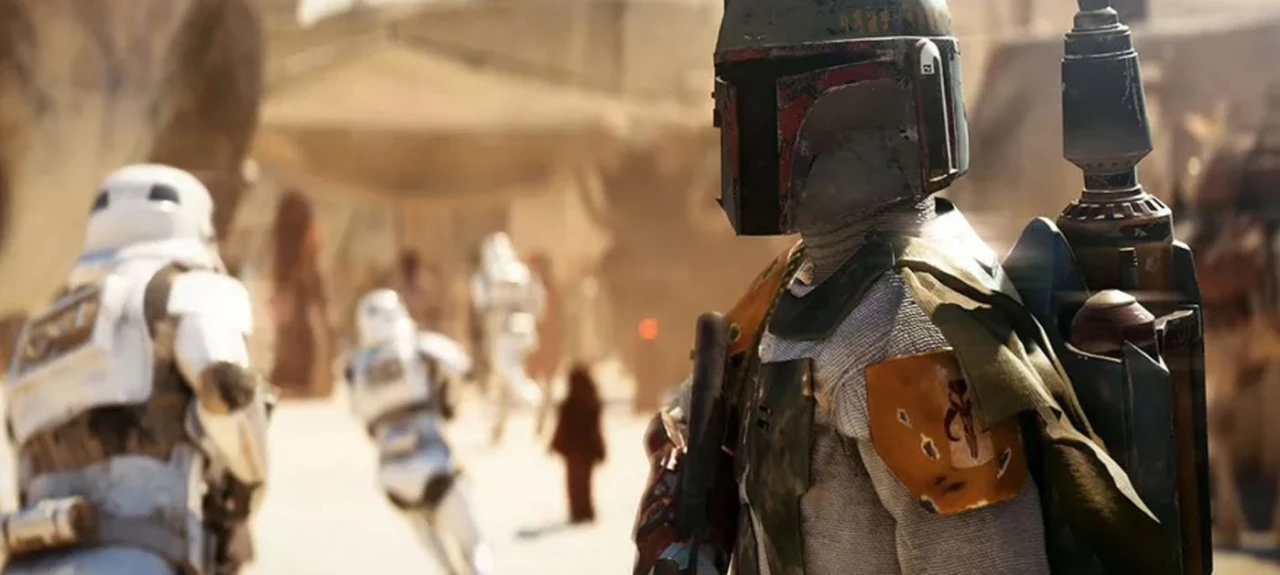
Find out the secrets behind creating one of the most convincing spinoff series of all time; The Mandalorian. As it turns out, there's more going on than meets the eye.
Virtual sets and digital set extensions are an essential part of large-scale filmmaking, but historically they're related to green screens, blue screens, compositing, more compositing — and in the end sometimes unpleasing results, since the audience can spot the difference.
Large scale — on a small scale
Written, created and directed (some episodes) by filmmaker Jon Favreau, the new Star Wars series The Mandalorian focuses on a lone bounty hunter, played by Pedro Pascal. The Disney+ exclusive series has received loads of praise for being both successful and true to the source material, which has pleased the original fans of Star Wars and at the same time impressed people enough to gain new ones.
What makes it stand out from the first episode is that the scale of the series is just as huge as all the new Star Wars movies, which makes you wonder just how they shot it. The cinematographer for the show is Greig Fraser, who also shot Rogue One: A Star Wars Story, but the question remains; how did they pull off 6 hours worth of feature film level quality sets?
Virtual Production
Virtual sets have been used in multiple films, like Gravity and Oblivion, but not quite to this extent. In those cases, giant LED screens or projector screens were used to create correct lighting on the characters, sets and costumes, where the concept would never have worked with matte backgrounds.
In The Mandalorian, the team at Industrial Light and Magic actually used Unreal Engine along with real-time 3D tracking data from the camera systems. This makes it possible to create set extensions that matches the camera movements perfectly, while also creating a bokeh that actually surrounds the characters; the digital set is not composited into the sequence, it's captured by the camera from the beginning.
Check out this video straight from the Industrial Light & Magic YouTube Channel:
For those productions who have the money for this type of production, it's clearly much more convincing than traditional matte screens (whether they're green or blue) along with traditional compositing — which isn't surprising at all, since the lighting and all camera movements line up perfectly.
Limited Results?
A possible downside is, of course, that the effects and digital sets can't be changed after the sequence has been captured; what you see is what you get, for better or for worse. I'm guessing this is for the better though, since the production maintains a more real approach to the actual production — where you actually have to get your desired shots when you're shooting — instead of the popular method of fixing it in "post".
Simply put; this technology allows you to get your results when you're shooting, which means you don't have to realy on post production as much as with green screens or blue screens.
Available on Disney+
In the case of The Mandalorian, the results are nothing short of amazing. If you haven't seen the series yet, check out the first 8 episodes on Disney+ as soon as possible — it's worth it.
